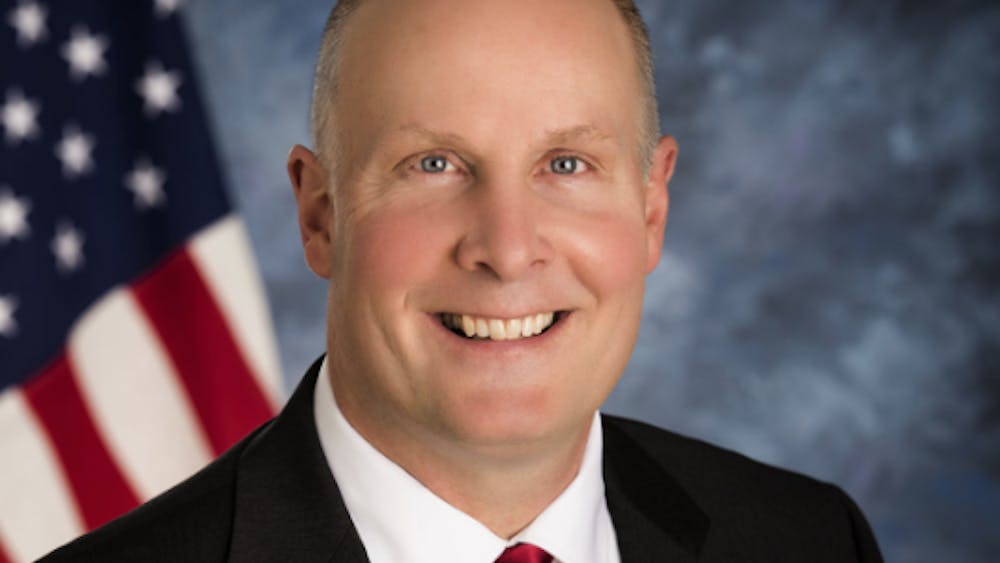COLUMN: Embracing the silence
As a member of the deaf community since birth, I often forget that many believe everyone in the deaf community needs the same accommodations in order to help them in everyday life. Deafness is really a forgotten disability and does not work as a “one size fits all” classification.
Often called an invisible disability, as it is hard to tell I cannot hear people, I’ve spent much of my life not disclosing to people I see everyday, such as friends and co-workers, that I was hard of hearing until the last year.
I finally had a realization of how important it was for me to advocate to make my communication with others easier, and also educate others about deafness. The media's portrayal of deafness, or lack of recognized deaf figures, has not helped the situation.
There are three different kinds of deafness: hard of hearing (meaning almost everything is heard, but understood) lower d deaf (meaning the individual is deaf, but oral and not part of deaf culture) and upper D deaf (meaning part of deaf culture and uses American Sign Language to communicate).
In the United States there are 38 million people that fall into one of these categories.
Newborn hearing screening is now widely performed, but I was 5-years-old before there was any sign of my own hearing loss. This was still only discovered because I failed a hearing test I was required to take in preschool.
I was then considered hard of hearing, with around 40 percent loss. In the fall of last year, I lost an additional 40 percent, making me lower d deaf. This change made a huge difference in how I interact with other people. It also has made me more vocal about the deaf community and misconceptions about deafness.
Our culture, however, still revolves around the power of sound.
There is a lack of deaf friendly environments in most settings with restaurants being at the top of the list. Services that are often supposed to help me, such as closed captioning, will often not be applied to mediums like the Internet. Automated captions are unreliable and videos uploaded online often have creators with little interest in captioning their content.
At most colleges and universities, classrooms rarely have a loop hearing system set up so sound from the room will go directly into a hearing aid. The technology I need exists, it is just often not utilized in the best ways.
My hearing varies by the day. Some days it is very good and I can understand most people. Other days I cannot hear much of anything. With hearing that changes day to day, I tend to alter my social habits at times. I definitely find myself not wanting partake in conversation on days I cannot hear well.
While I have a hard time understanding what some words sound like, I do know what it physically feels like to say them. I really wish people would stop saying to me “you speak very well for a deaf person.”
Sometimes I feel left out when my world is unfolding and I don’t understand what is happening because of the communication barrier. You cannot choose what happens to you in life, but you can decide how you react to it. I have given myself the mission to educate other people on deaf culture, and embrace my own culture of silence.






